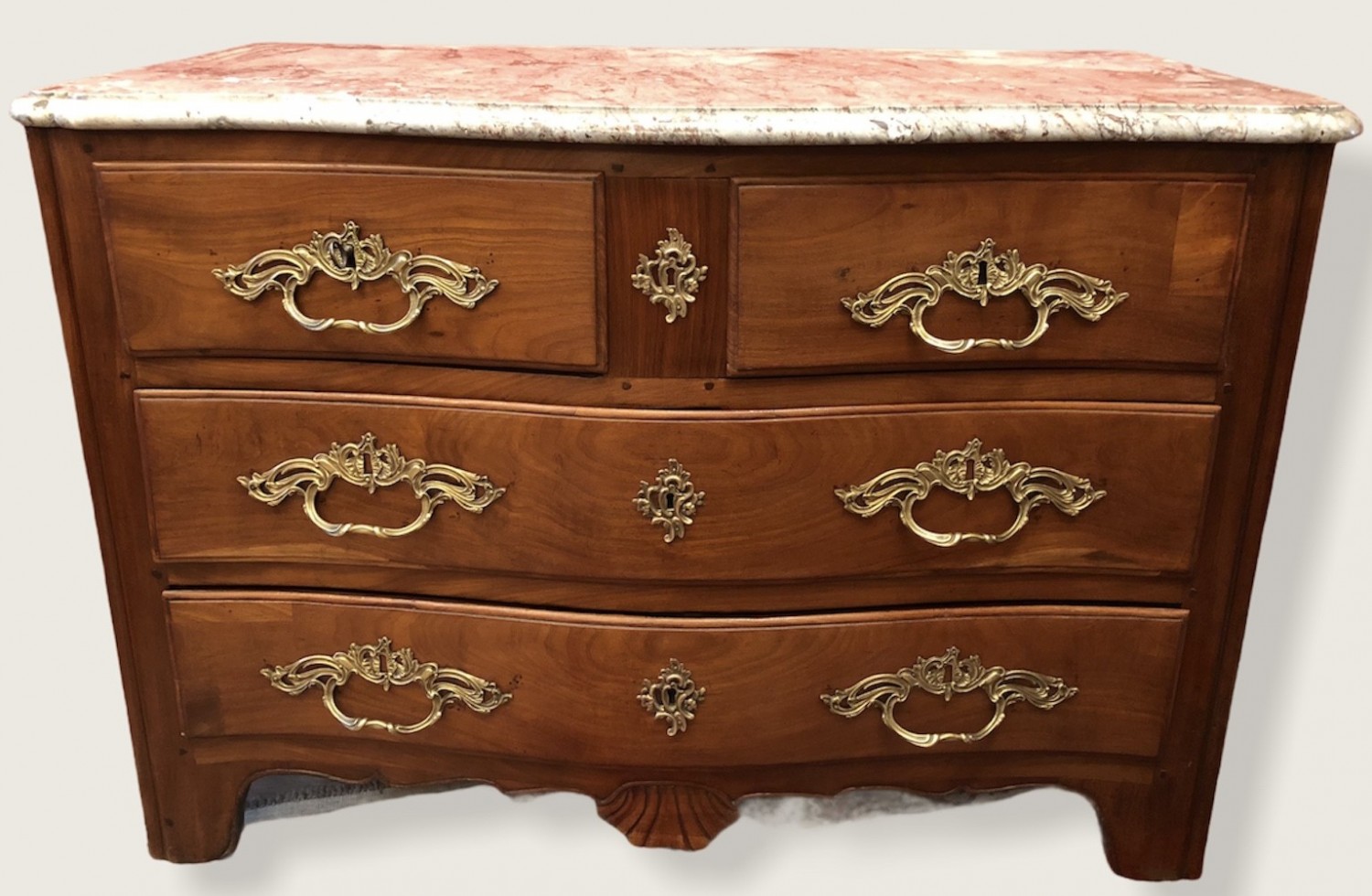Convenient to port from the time of Louis XV mahogany
€3,800.00
Tax included
Chest of drawers with curved solid mahogany front opening with four drawers. Lower crossbeam with scallop pattern.
Louis XV period port work.
Width: 118 cm
Height: 81.5 cm
Depth : 62 cm
Chest of drawers with curved solid mahogany front opening with four drawers. Lower crossbeam with scallop pattern.
Louis XV period port work.
Width: 118 cm
Height: 81.5 cm
Depth : 62 cm
Specific References
Biography
No related article on blog










